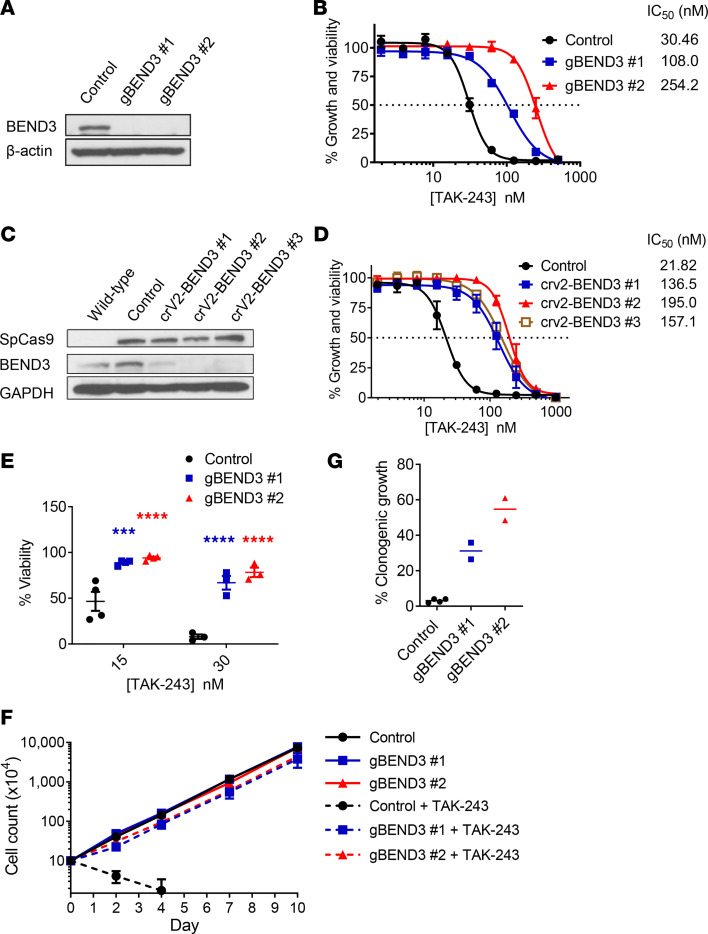Figure 2. BEND3 knockout confers resistance to TAK-243 in AML cells.
(A) OCI-AML2 cells overexpressing Cas9 were stably transduced with gRNAs targeting LacZ (control) or BEND3. After transduction, whole cell lysates were prepared, and levels of BEND3 and β-actin serving as a loading control were measured by immunoblotting. (B) Control and BEND3-knockout OCI-AML2-Cas9 cells were treated with increasing concentrations of TAK-243 for 72 hours. Cell growth and viability was measured by the MTS assay. Inset: IC50 values (nM) are shown. Data points represent means ± SEM of 3 independent experiments. (C) WT OCI-AML2 cells were stably transduced with a single-plasmid system encoding spCas9 and gRNAs targeting LacZ (control) or BEND3. After transduction, whole cell lysates were prepared and levels of BEND3, spCas9, and GAPDH serving as a loading control were measured by immunoblotting. (D) Control and BEND3-knockout OCI-AML2-Cas9 cells were treated with increasing concentrations of TAK-243 for 72 hours. Cell growth and viability was measured by the MTS assay. Inset: IC50 values (nM) are shown. Data points represent means ± SEM of 3 independent experiments. (E) Control and BEND3-knockout OCI-AML2-Cas9 cells were treated with 2 concentrations of TAK-243 for 96 hours. Cell viability was measured by annexin V/PI staining and flow cytometry. Data points represent means ± SEM of 3–4 independent experiments. (F) Control and BEND3-knockout OCI-AML2-Cas9 cells were seeded with or without TAK-243 (30 nM), and trypan blue–negative cells were counted every 2–3 days. Data points represent means ± SEM of 2–3 counts. (G) Control and BEND3-knockout OCI-AML2-Cas9 cells were treated with TAK-243 (30 nM) and then plated into colony-forming assays. After 7 days of incubation, colonies of at least 50 cells were counted. The y axis shows the number of colonies as a percentage of the DMSO-treated controls taking into account plating efficiency as detailed in the Methods section. ***P ≤ 0.001; ****P ≤ 0.0001 using 2-way ANOVA and Sidak’s multiple comparisons test.

